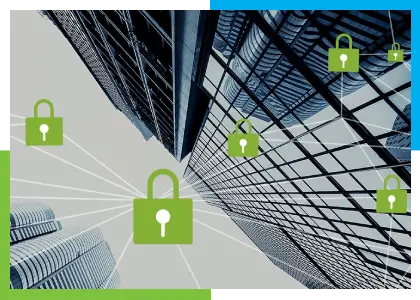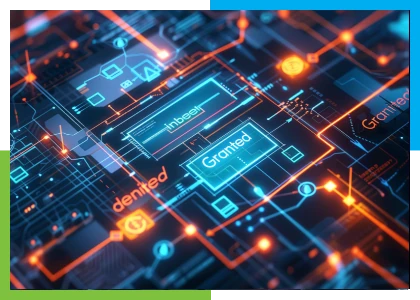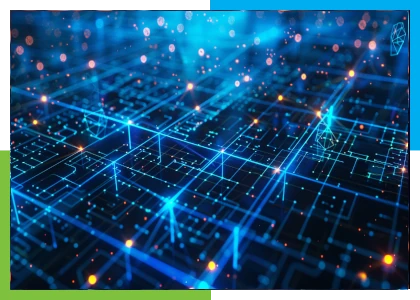YOUR IT Blog’s
PCS Blog’s
THE LATEST NEWS, PRODUCT & SOLUTION TALKS

Committed to finding solutions for your unique needs and challenges.

Navigating the Future of Cybersecurity: Embracing Zero Trust Security Models
By PCS | 16 January 2024
Introduction
In the rapidly evolving landscape of cybersecurity, the traditional perimeter-based security models are becoming increasingly insufficient. This has led to the rise of Zero Trust Security models, an approach that assumes no user or device inside or outside the network is trustworthy. This paradigm shift is essential in today’s digital transformation era, where cybersecurity threats are more sophisticated than ever.
Overview of Zero Trust Security Models
The Zero Trust Security model is founded on the principle of “never trust, always verify.” Unlike conventional security models that assume everything inside a network is safe, Zero Trust treats all users and devices as potential threats. This model requires strict identity verification for every person and device trying to access resources on a private network, irrespective of whether they are sitting within or outside of the network perimeter.
Importance of Zero Trust
With the increasing adoption of cloud services, mobile computing, and a remote workforce, the traditional security perimeter is dissolving. Zero Trust Security becomes crucial in this context, offering a more robust and adaptive approach to cybersecurity. It’s not just about preventing unauthorized access; it’s about ensuring that even authorized access remains secure, compliant, and controlled.
Challenges: Implementing Zero Trust in a Complex IT Environment
Implementing Zero Trust Security is not without challenges, especially in complex IT environments. Organizations face hurdles like legacy system compatibility, the complexity of policy management, and the need for a comprehensive security strategy that spans across all layers of the IT infrastructure.
PCS’s Expertise in Deploying Zero Trust Models
PCS stands at the forefront of deploying Zero Trust models, offering tailored solutions to overcome these challenges. Their approach involves a thorough assessment of the existing IT infrastructure, identifying key areas that need fortification, and deploying solutions that seamlessly integrate with the client’s environment.
Juniper Networks Solutions for Zero Trust
Juniper Networks, a leader in secure, AI-driven networks, offers a range of solutions that align perfectly with Zero Trust models:
- Juniper Connected Security: Integrates security with network infrastructure for comprehensive threat detection and policy enforcement.
- SRX Series Firewalls: Advanced threat prevention with centralized management, essential for Zero Trust.
- Junos Space Security Director: Offers visibility and control over security policies, key in a Zero Trust environment.
- Advanced Threat Prevention Appliances: Provides rapid threat detection and response, a cornerstone of Zero Trust.
- Mist AI: Delivers AI-driven insights and automation for real-time threat identification and response.
- vSRX Virtual Firewall: Ensures secure, scalable protection in cloud and hybrid environments.
Case Study: Zero Trust Implementation in a School District
A compelling success story of Zero Trust implementation is seen in a school district that faced increasing cybersecurity threats. With the help of PCS and Juniper Networks solutions, the district implemented a robust Zero Trust model. They used Juniper’s SRX Series Firewalls and Advanced Threat Prevention Appliances to create a secure, manageable network environment. This not only improved their security posture but also provided a scalable and efficient network management system, proving the effectiveness of Zero Trust in real-world scenarios.
Conclusion
The growth of Zero Trust Security models is a testament to the evolving demands of cybersecurity in the digital age. With the expertise of PCS and the advanced solutions from Juniper Networks, organizations can confidently transition to a Zero Trust architecture, ensuring a secure and resilient digital environment. As cyber threats continue to evolve, Zero Trust is not just an option; it’s a necessity for safeguarding the future of digital enterprises.






